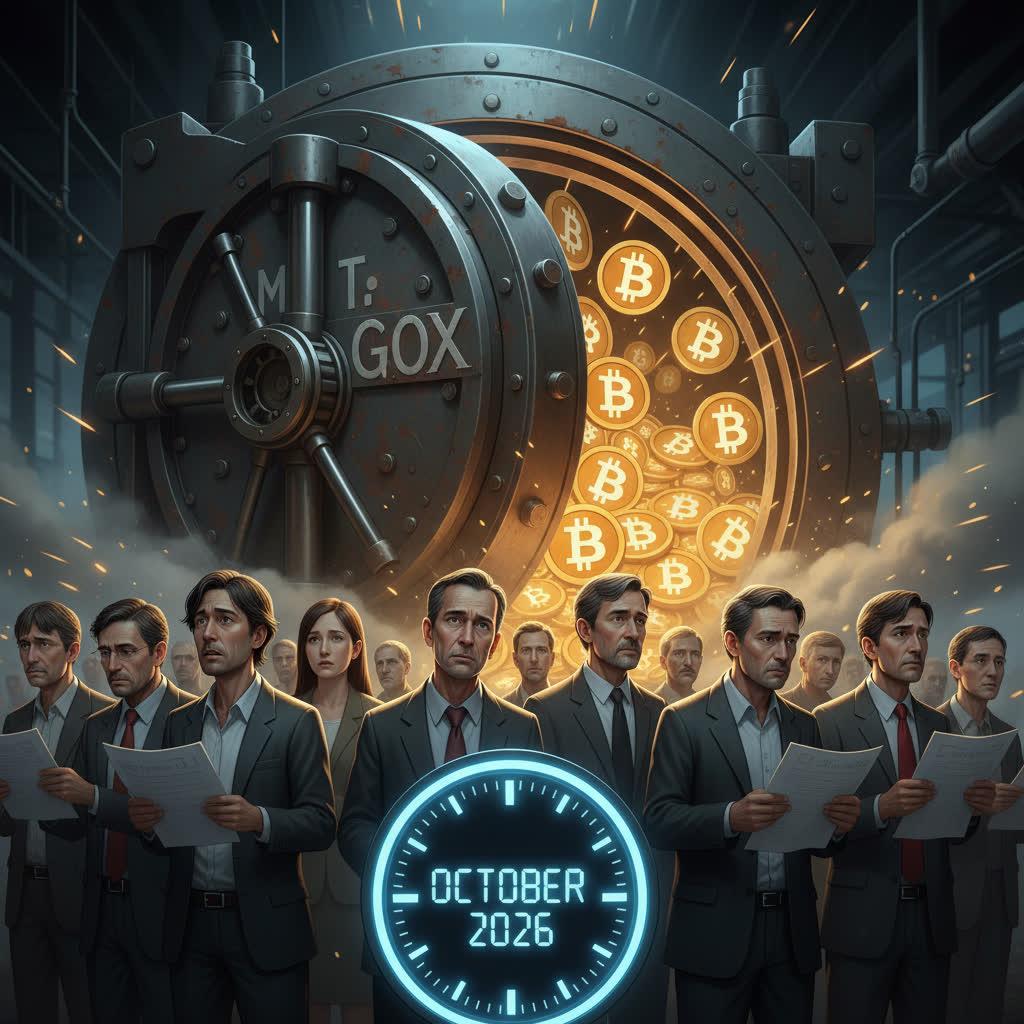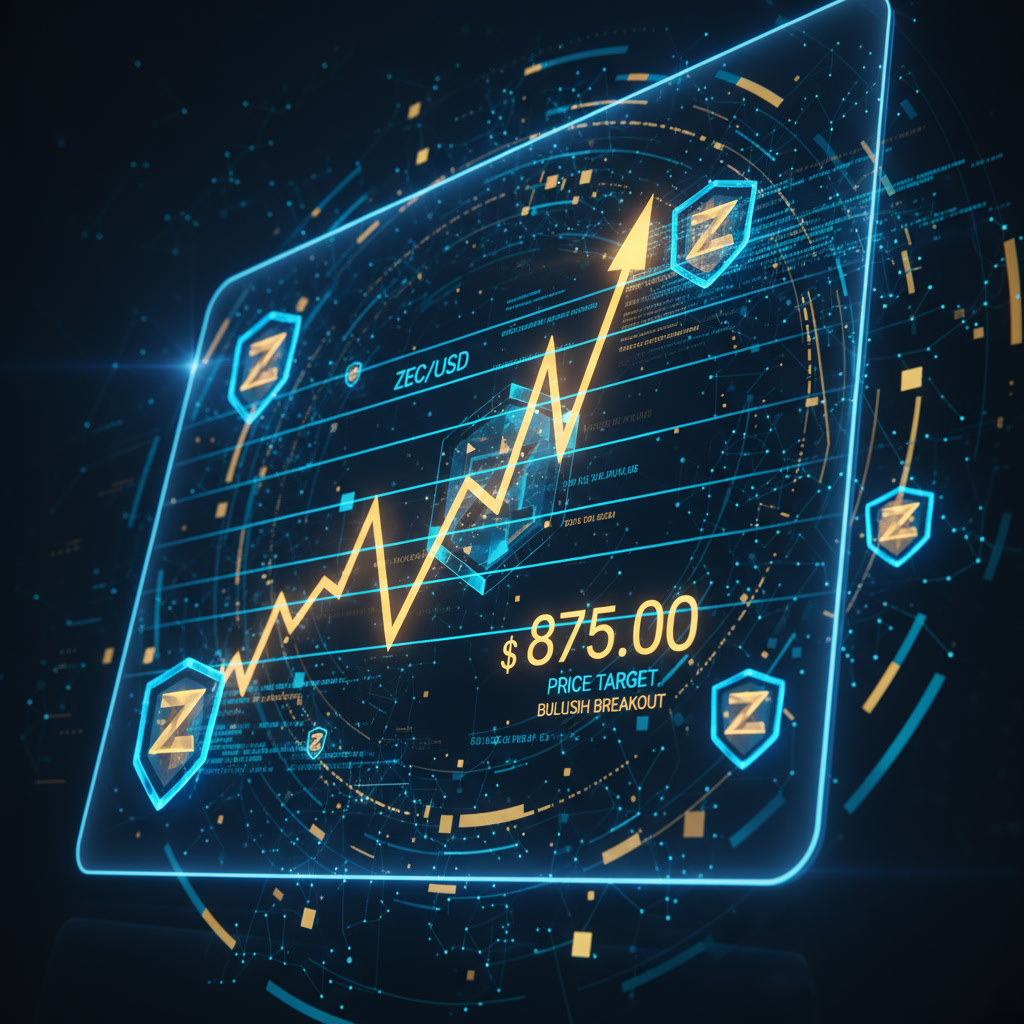The story of Mt. Gox is one of the most dramatic and long-standing sagas in the history of cryptocurrency. Once the largest Bitcoin exchange in the world, Mt. Gox collapsed in 2014 after losing hundreds of thousands of bitcoins. Since then, thousands of creditors have awaited reimbursement. Most recently, the exchange’s administrator announced that repayments may not be completed until October 2026 — a prospect that underscores both the scale of the task and the complications involved.
Background of the Collapse
Founded in 2010 in Tokyo, Mt. Gox at its peak handled a very large portion of global Bitcoin trading volume. When it suspended operations in early 2014 and filed for bankruptcy protection, the shockwave was felt across the nascent crypto‐market. The collapse left creditors facing enormous uncertainty regarding if and when they might recover their funds.
Over the years, various proposals and restructuring processes have been launched. Creditors have had to verify identities, submit claims, and wait through lengthy legal and administrative procedures.
The Repayment Plan and the October 2026 Projection
According to recent disclosures, the administrator overseeing Mt. Gox’s restructuring has signalled that full repayment to all creditors may extend through to October 2026. While this may sound distant, it reflects the sheer logistical, legal, and financial complexity of the process.
Key factors influencing the delay include:
-
The large number of creditors and claims to process.
-
The need to verify identities and account information of former users.
-
The challenge of gathering sufficient assets to repay in both Bitcoin (BTC) and fiat currency forms.
-
Legal and regulatory issues, including how the Japanese bankruptcy laws apply and how global claimants are handled.
-
Market risks associated with recovering and disbursing crypto assets, which may fluctuate substantially in value.
What This Means for Creditors
For those who lost funds in the Mt. Gox collapse, the October 2026 timeline is both a relief and a frustration. On one hand, the fact that there is a projected date shows progress — the process is continuing rather than stalled indefinitely. On the other hand, waiting several more years is difficult for many.
Creditors should bear in mind:
-
They should keep their contact and bank/account information updated, as the administrator may require further verification.
-
Recovery amounts may be affected by how and when assets are distributed; some creditors may receive Bitcoin or Bitcoin Cash (BCH) or equivalent fiat value.
-
Market conditions will influence the ultimate value of recovered crypto assets. If Bitcoin’s price rises or falls dramatically, the value of what is returned could vary.
-
Patience remains essential — even if the date is given as October 2026, unforeseen legal or logistical issues could still cause further delays.
Implications for the Crypto Industry
The Mt. Gox case offers important lessons for the broader crypto ecosystem:
-
The need for robust custody and asset security: The scale of what Mt. Gox lost underscores the risk of centralized exchanges.
-
Transparency and governance: Creditors have had to wait years for repayment, and the process remains opaque in many respects.
-
Legal and regulatory complexity: Because Mt. Gox operated globally and in crypto, the interplay of international, crypto-specific, and Japanese bankruptcy law has complicated matters.
-
Investor expectations: Many users of crypto have become accustomed to the idea of “instant” or rapid transactions — the Mt. Gox precedent reminds us that recovery after failure can take many years.
A Path Forward
Although October 2026 may seem far off, the fact that a concrete date exists is positive. It means that the restructuring process is moving ahead and stakeholders have something tangible to work toward. Creditors would be wise to:
-
Monitor communications from the administrator.
-
Check that they have complied with all required verification steps.
-
Stay aware of their rights and any updates in legal proceedings.
-
Manage expectations about how and when funds will be returned, and understand that full recovery may still involve trade‐offs.
In many ways, the Mt. Gox story is — finally — entering its final chapter. But the duration of the wait is a sober reminder of how long it can take to unwind major failures in the crypto world. For the thousands of former users and creditors, the projected October 2026 deadline is a milestone: one that brings hope, relief, and still a measure of patience.
Ready to start your cryptocurrency journey?
If you’re interested in exploring the world of crypto trading, here are some trusted platforms where you can create an account:
- Binance – The world’s largest cryptocurrency exchange by volume.
- Bybit – A top choice for derivatives trading with an intuitive interface.
- OKX – A comprehensive platform featuring spot, futures, DeFi, and a powerful Web3 wallet.
- KuCoin – Known for its vast selection of altcoins and user-friendly mobile app.
These platforms offer innovative features and a secure environment for trading and learning about cryptocurrencies. Join today and start exploring the opportunities in this exciting space!

Join our crypto community for news, discussions, and market updates: CryptoBCC on Telegram.

Disclaimer: Always do your own research (DYOR) and ensure you understand the risks before making any financial decisions.




